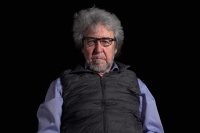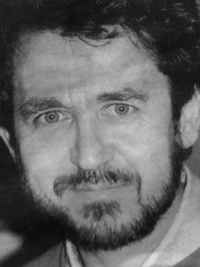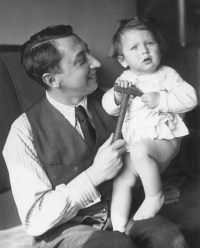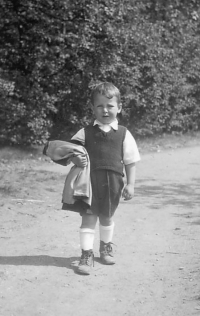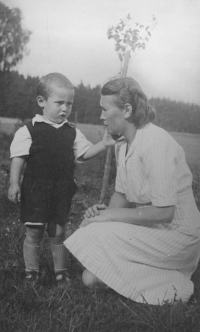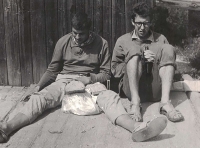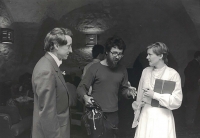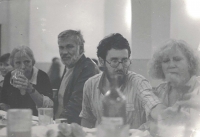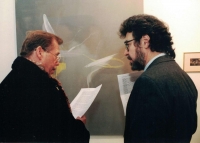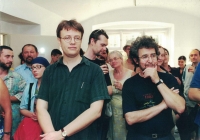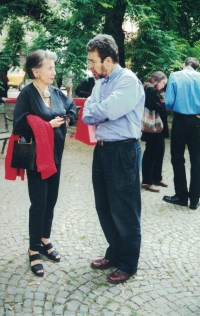We were living in one big swindle
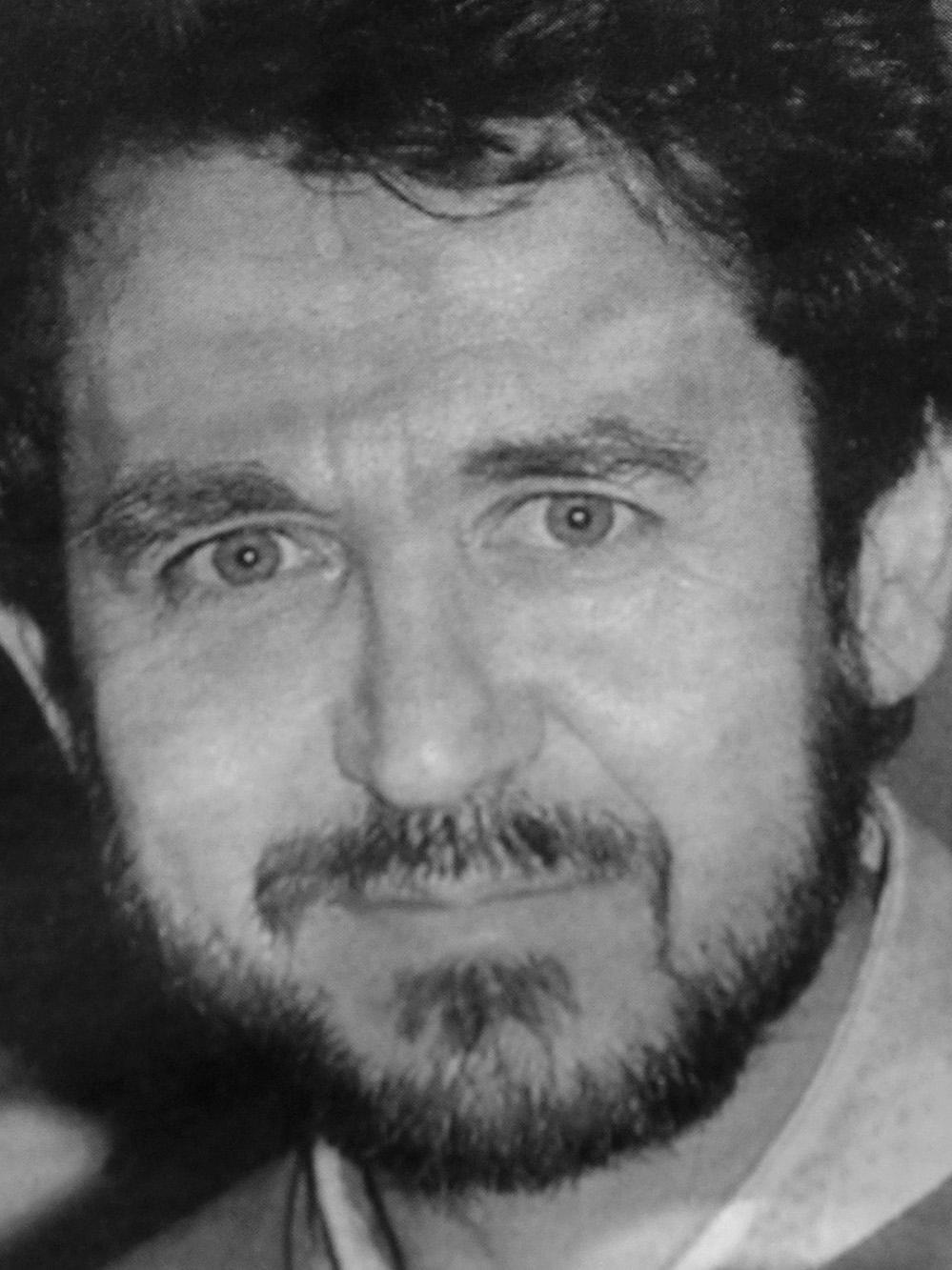
Download image
Ludvík Hlaváček was born on 2 March 1940 in Prague. Following the completion of his secondary education focused on electronics and his compulsory military service, he started to study Art History and Aesthetics at the Faculty of Arts of Charles University at the beginning of the 1960s. He graduated in 1966 and meanwhile was attending lectures on phenomenology led by Professor Jan Patočka. He worked in the National Memorial Institute until the second half of the 1970s, and later went on to work at the Institute for the Theory and History of Art. In 1977, he added his signature to the Proclamation of the Charter 77, which, half a year later, led him to being stripped of his post. Not even a trial in which he was briefly represented by the lawyer Dagmar Burešová was of any help, and Ludvík was forced to take on work as a stoker at cargo train depot. Meanwhile, his interest in phenomenology waned as he was becoming more present in the contemporary art scene as well as postmodern philosophy. In 1984, he was employed as a furniture bailee in the warehouse of the Museum of Decorative Arts, and, along with fellow art theorists, he started to produce the samizdat publication Někde něco (Somewhere something). Following the Velvet Revolution, he had a brief stint as the editor-in-chief of Výtvarné umění (Fine Art) magazine. In 1992, he was entrusted with the founding and running of the Soros Center for Contemporary Art. Today (2020) he is the general director of the Foundation for Contemporary Art, which stemmed from the Soros Center for Contemporary Art, in addition to his work as a teacher at the UJEP College of Art and Design in Ústí nad Labem.
